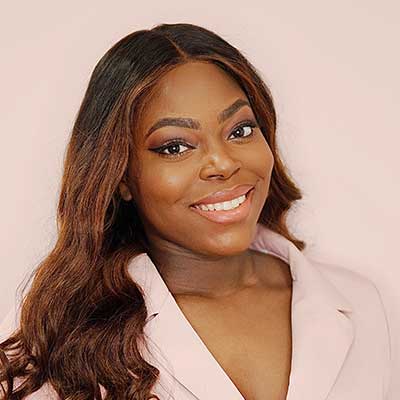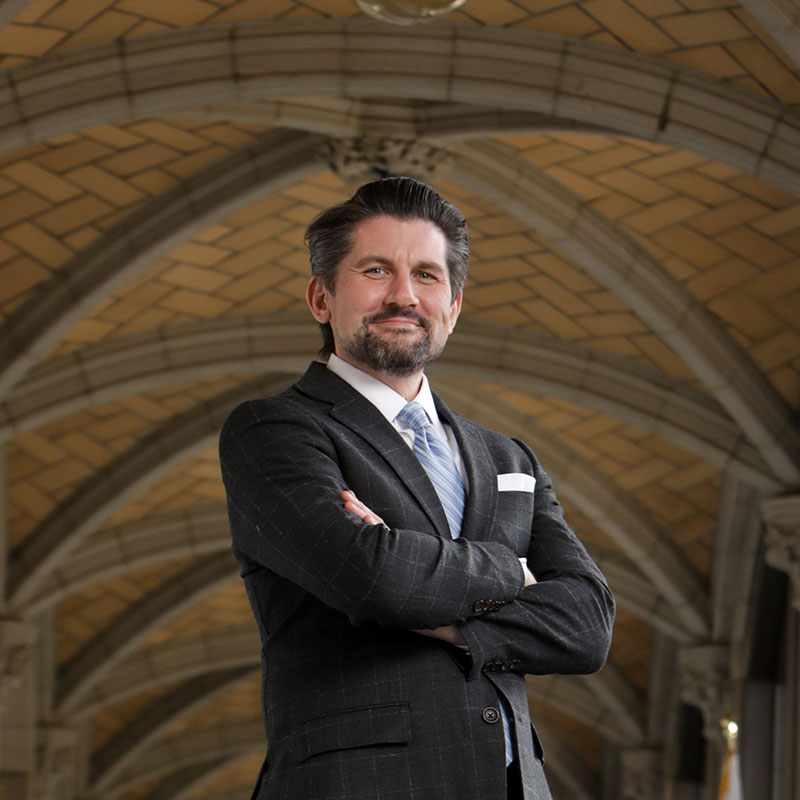

Riffing with Jazz Fan and SUNY Chancellor Jim Malatras ’99, ’00, ’08
By Paul Grondahl, MA ’84
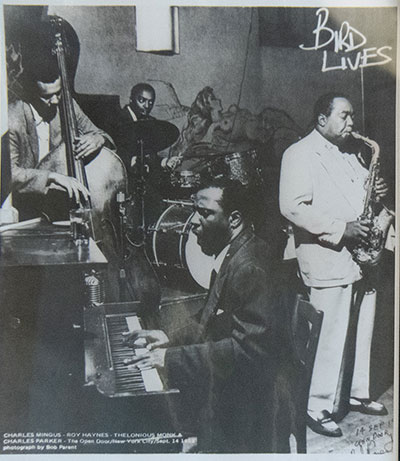
On the wall behind his office desk, State University of New York Chancellor Jim Malatras hung a purloined photo of jazz legends Charles Mingus, Roy Haynes, Thelonious Monk and Charlie Parker performing at the Open Door in New York in 1953.
Malatras likes to tell the story of its provenance: how he swiped it off the wall of his mentor, 14-term Assemblyman Richard Brodsky, known as “Albany’s conscience,” who died of a heart attack at age 73 last year.
Malatras, 43, has moved the Mingus photo several times into new offices over the past few years, as his rapid ascent has taken him from president of the Rockefeller Institute of Government in 2017 to president of Empire State College in 2019 to SUNY chancellor in August 2020. A three-degree University at Albany alumnus, Malatras is the first SUNY grad to lead the 64-campus system.
“Richard would come into my office, look at the Mingus photo, remind me that it was his photo and say he was going to call the police to arrest me,” Malatras recalled with a laugh as he reminisced about Brodsky, whom he interned for in 2000 as a graduate student at UAlbany. The internship led to a full-time job as Brodsky’s aide, and Malatras spent seven years learning the art of how to pull the levers of power in Albany.
“Richard was a force of nature, a buzz saw many found abrasive. He ripped into me when I let an issue fall away early on in my career,” Malatras recalled. “He sat me down and said you never waste an opportunity moving legislation forward because you never know if you’ll get that chance back again. He told me public service was a sacred trust and I better not (expletive) it up.”
Malatras took Brodsky’s rough-hewn advice. And lifted the Mingus photo.
Everything Malatras needed to know about running SUNY, the largest comprehensive system of higher education in the United States, he learned from being a jazz aficionado: how to improvise, how to collaborate, how to keep the rhythm while waiting for a turn to solo.
Once upon a time, Malatras harbored a dream of becoming a great sax player like his heroes Charlie Parker, John Coltrane and Sonny Rollins.
He started playing tenor saxophone in the seventh grade and played in a jazz ensemble and the pit band for musicals at Ellenville High School in a small Ulster County village in the Catskills. He graduated to the baritone, alto and soprano sax and was invited to play in bands. He became a jazz fanatic because it was the music his grandfather and father loved. They passed on their classic vinyl collections to Malatras. He enjoys unwinding from job stress by spinning jazz albums on the turntable and hanging out with his son, Max Ellington, 8, and daughter, Ella, 3 – named for jazz legends, naturally.
With a graduating class of just 97 and the coolness factor of playing the sax, Malatras was a big man on a small campus.
He coasted to a B+ average. He found his niche by performing jazz music, which absorbed some of the pain of his parents’ divorce. His father quit his job as a Wall Street banker and opened a health food store in New Jersey. He lived with his mom, Mary Smits, a nurse, whose odd hours rendered Malatras a caretaker of sorts for his three younger sisters whenever his mom and stepfather, also a nurse, both pulled late shifts.
“I likely would not have gone to college without SUNY.”
Malatras had saved what he could from his job at the local Ace Hardware during high school, but money was tight. “We had some pretty damn lean years. It sometimes felt like we were one step away from economic collapse,” he said. Affordability was key when it came time to apply for college.
“I likely would not have gone to college without SUNY,” he said. “It gave me the most bang for my buck and it’s what we could afford.”
He chased his jazz dream and was admitted to SUNY Potsdam to study music. During his first day in the dorm, he heard someone playing a soaring, complex guitar solo. Malatras knocked on the door and introduced himself. His classmate said he had spent the summer playing in the pit band for Rent on Broadway.
“I thought I was hot stuff at Ellenville because I played the lead sax in everything, but then I met some really good musicians at the Crane School,” Malatras said. “It was an eye-opening experience.”
The pragmatist in Malatras took his cue. He transferred from Potsdam to UAlbany and switched his major to political science.
Malatras earned all three of his degrees – bachelor’s, master’s and PhD – in political science from UAlbany’s Rockefeller College of Public Affairs and Policy. His wife, Jennifer Weil Malatras, is the associate director for child services at UAlbany’s Psychological Services Center and a clinical psychologist who received her PhD from UAlbany.
After transferring to UAlbany, Malatras lived in a dorm on the Downtown Campus and later moved to an off-campus apartment on Western Avenue, across the street from Washington Tavern and The Ginger Man – which became his happy hour hangouts. Malatras finished his bachelor’s degree in three years by taking summer courses. “I loved the Dewey Library and spent long hours there on nights and weekends,” he recalled.
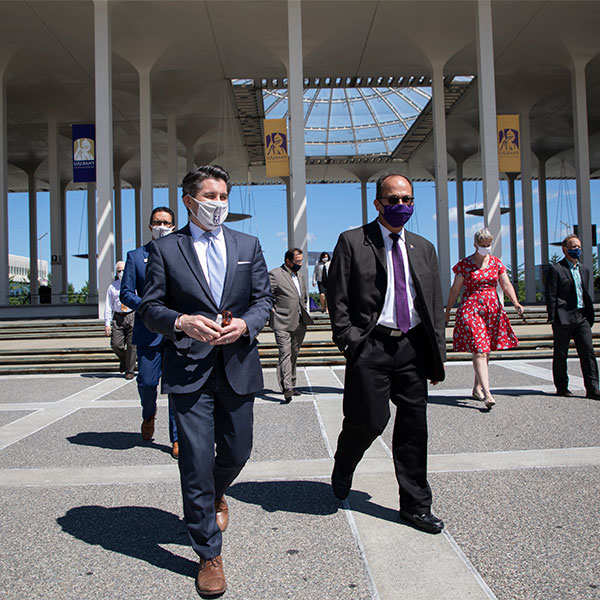
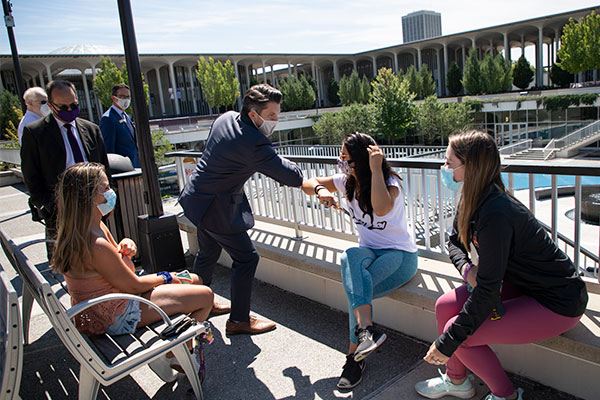
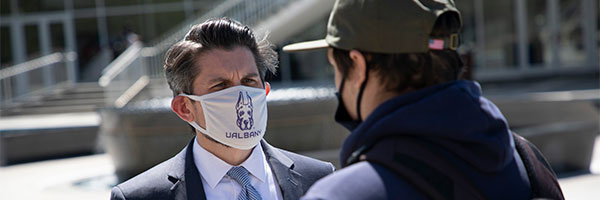
A formative experience was working with the Homeless Action Committee, where Malatras worked the overnight shift in the not-for-profit organization’s shelter downtown. He later served on the group’s board. “I’d finish my shift at 7 a.m. and head to class,” Malatras said. “I learned so much from the staff and the clients.”
Malatras considers Professors Scott Barclay, Peter Breiner, and especially Patricia Strach his UAlbany mentors. “She was an inspiration who taught me how to conduct bottom-up research by studying ordinary people,” he said of Strach, professor of political science, public administration and policy at UAlbany’s Rockefeller College. She was on the committee for Malatras’ dissertation, which examined two social movements, one to close the Indian Point nuclear facility in Westchester County and the other to stop construction of a mushroom plant in Sullivan County.
“Higher education should be more like jazz.”
“He’s a creative thinker who looked at the world in an interesting way,” Strach said. “He wrote a great dissertation that was not the typical higher ed-speak.”
Malatras later became Strach’s boss when he was appointed in 2017 as president of the Rockefeller Institute of Government, a SUNY-affiliated think tank, where Strach serves as director for policy and research. His high intensity was on display in the workplace.
“He was always working,” she said. “His only mode is work. And his management style is extremely direct.”
He could display a playful side, too, such as when she brought her two kids, who are now aged 10 and 11, to work. “They called him Jim and thought he was a fun guy. They had no idea he was the boss,” she said.
She also recalled a touching gesture when a UAlbany graduate student from Puerto Rico, who worked at the Rockefeller Institute, was about to graduate with a PhD Her parents could not come for the ceremony and Malatras and his wife hosted a celebratory dinner at their Delmar home for the student, a few faculty members and her friends.
Strach praised Malatras for creating an internship program that recruited students who were not academic superstars, but were dogged workers, and assigned them to hands-on projects. “We found some diamonds in the rough who went on to do great things,” Strach said. “Jim leads by knowing who his students are and what they need.”
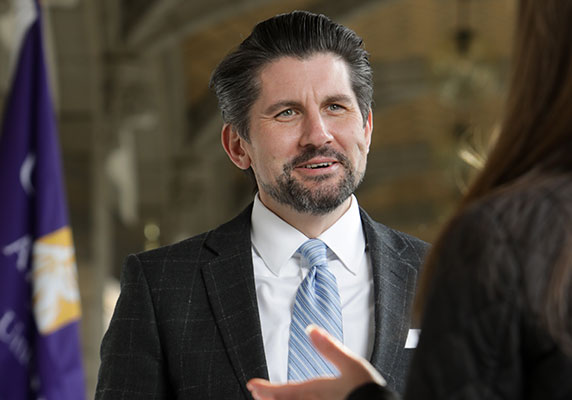

After nearly three years as Governor Andrew Cuomo’s top policy architect, Malatras left in 2013 to become chief of staff for SUNY Chancellor Nancy Zimpher and then returned to the governor’s team a year later as director of state operations.
Short stints as president of Rockefeller Institute and Empire State College and the departure of SUNY Chancellor Dr. Kristina Johnson after less than three years led to Malatras being named SUNY’s 14th chancellor in August 2020. The choice sparked criticism by some faculty members after the SUNY board bypassed the usual national search process, but also was met with optimism among some observers who saw Malatras’ close ties to Cuomo as an asset.
Malatras requested a 25 percent pay cut as chancellor (reduced to $450,000) and pledged $170,000 of his salary annually to the SUNY Educational Opportunity Program for underrepresented students and to increase faculty diversity.
The relentless challenges of addressing COVID-19 across the SUNY system’s nearly 1.3 million students, 91,000 employees, 32,000 faculty members and nearly $11 billion budget demands high intensity from Malatras. He wakes up each day at around 5 a.m., goes on a three-mile run, lifts weights and powers through typical 12-hour days.
He put his own stamp on his chancellor’s post by launching, in December, SUNY For All, a statewide campaign supporting SUNY’s new free Online Training Center designed to give New Yorkers “a clear pathway” to college and careers in the post-COVID economy.
“We need to eliminate the antiquated and divisive term of the non-traditional student,” Malatras said. “Students are getting older, with more adults and mid-career people coming into the system. Public education is transforming itself before our very eyes and COVID is accelerating the changes. We have to get our heads out of the sand and ride this wave because people are already voting with their feet. There are more than 50,000 New York students attending online colleges out of state. Our job is to change our system and we don’t have 30 years to do it, we have 30 minutes. This is a tectonic shift in a live-or-die situation. We must adapt quickly.”
Along with a sense of urgency, another item high on Malatras’ agenda is to restore pride in a SUNY degree.
“Too often I hear from SUNY students that they go to SUNY because they couldn’t go somewhere else and I reject that second-class status notion,” Malatras said. “I’m a SUNY product and I’m proud of it. I would not have had these wonderful opportunities without SUNY. That’s not hyperbole. That’s the damn truth.”
As we spoke, Malatras was itching to get off Zoom and to pick a John Coltrane album from his 700-record collection to spin on the turntable.
“Higher education should be more like jazz,” he said. “We have to improvise and adapt to meet the tone and mood and beat as it changes. We can’t keep playing the same tune.”
Paul Grondahl ’84 is director of the New York State Writers Institute, an award-winning journalist and the author of several books. He is currently completing a collaboration with former SUNY Chairman H. Carl McCall on a memoir for SUNY Press.
Read This Next
Trees of Life
Across the Uptown campus, there are hundreds of palm trees hiding in plain sight. But these arboreal wonders don’t provide shade; they provide light.
Glowing Up
Keamone Frederick ’15 is a budding entrepreneurial queen with a Midas touch.


